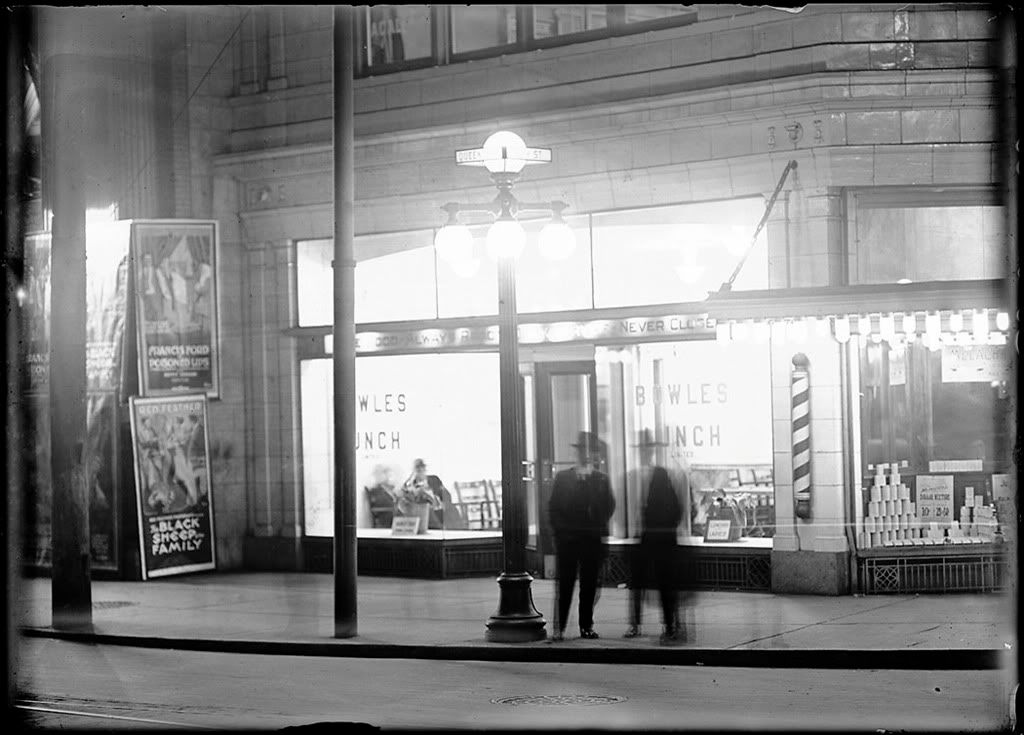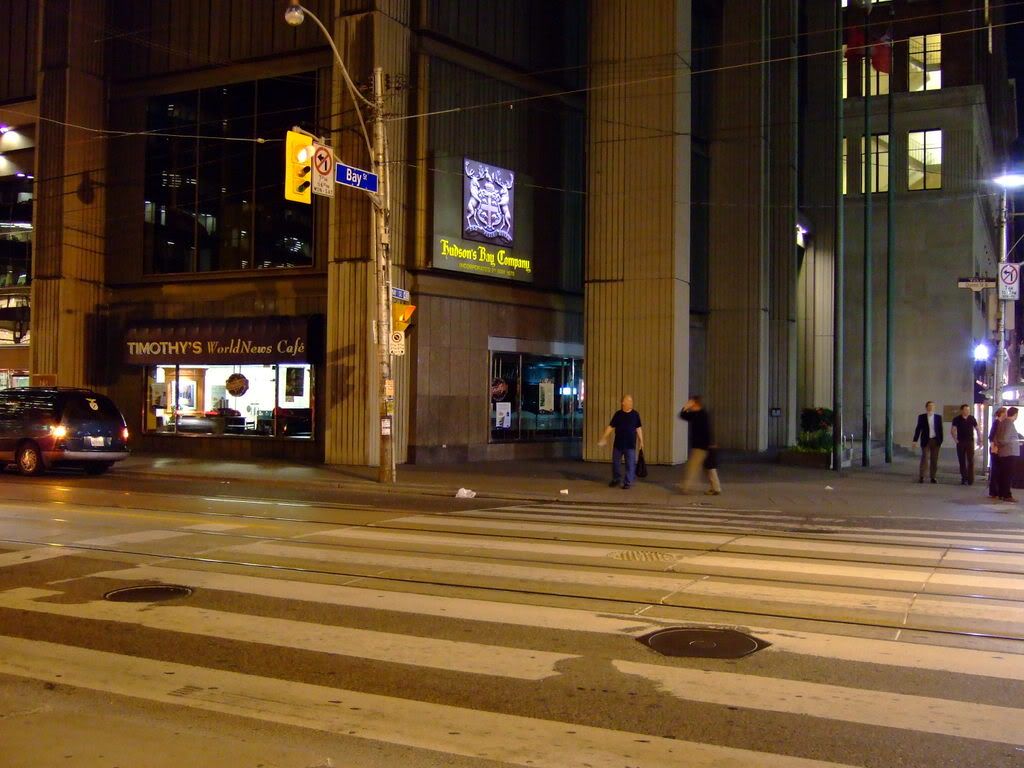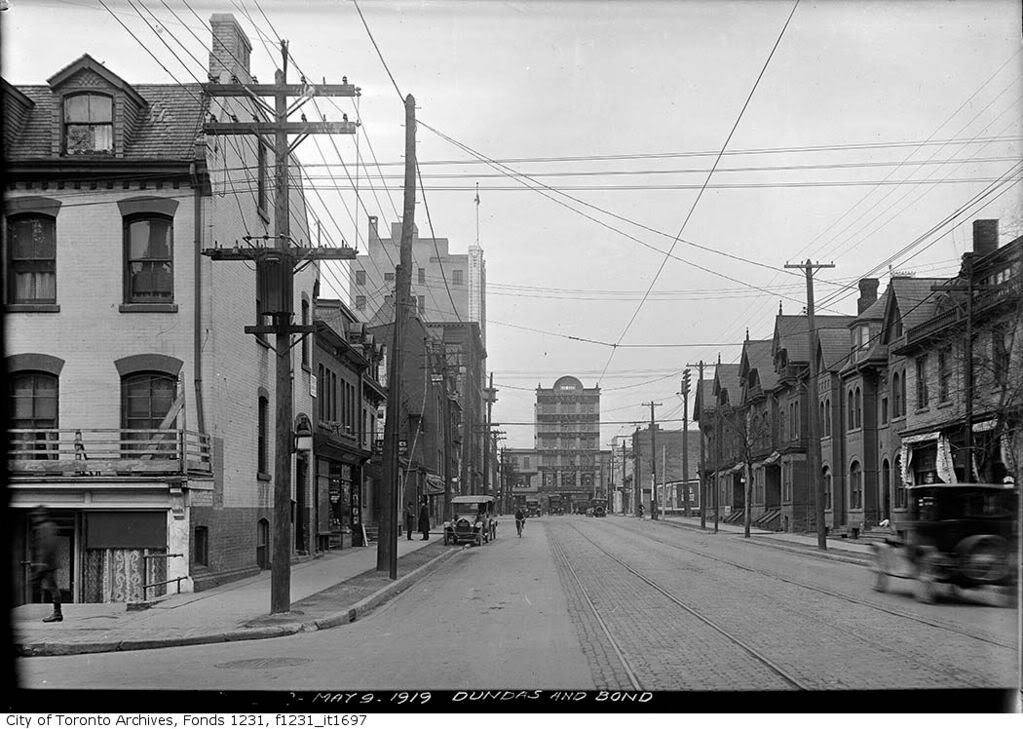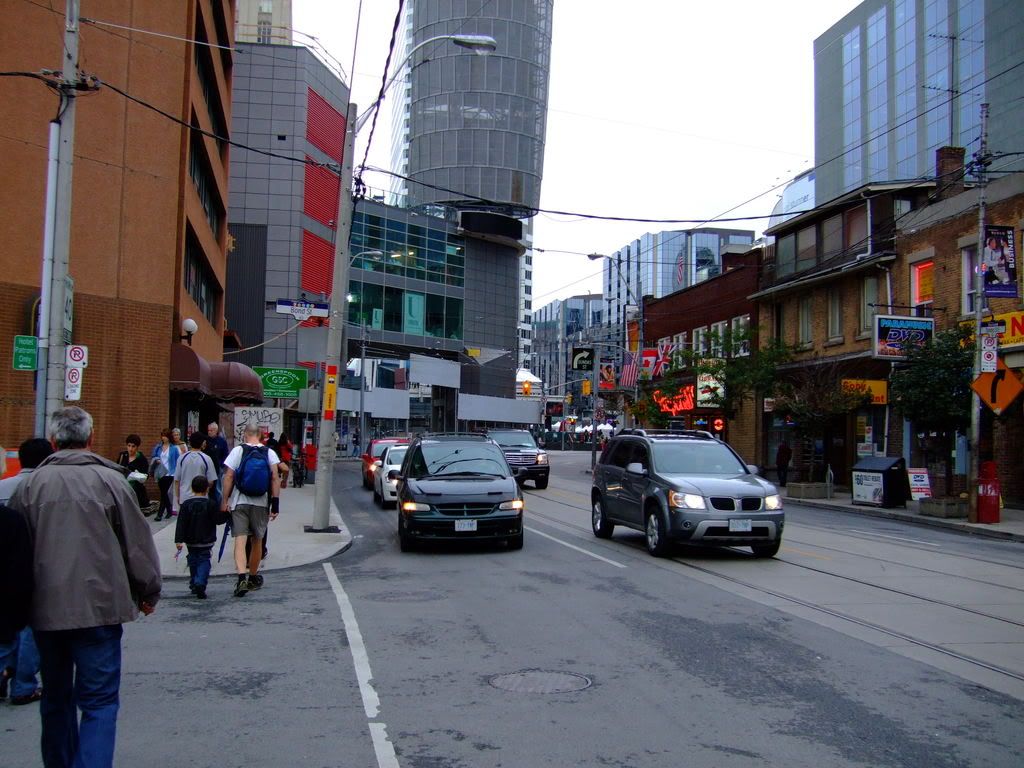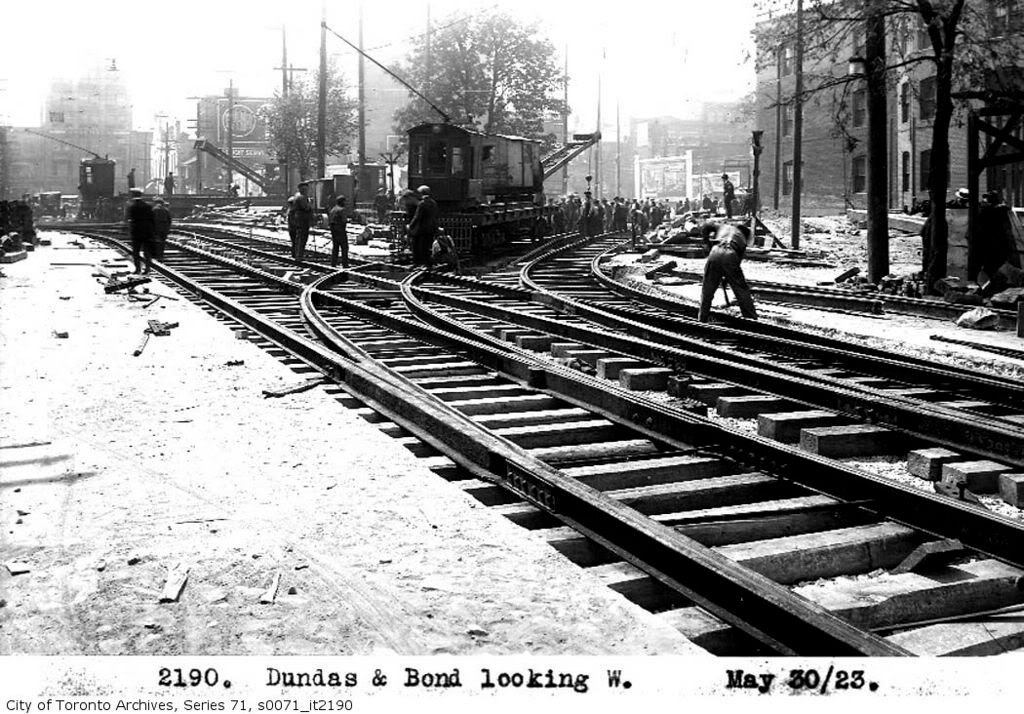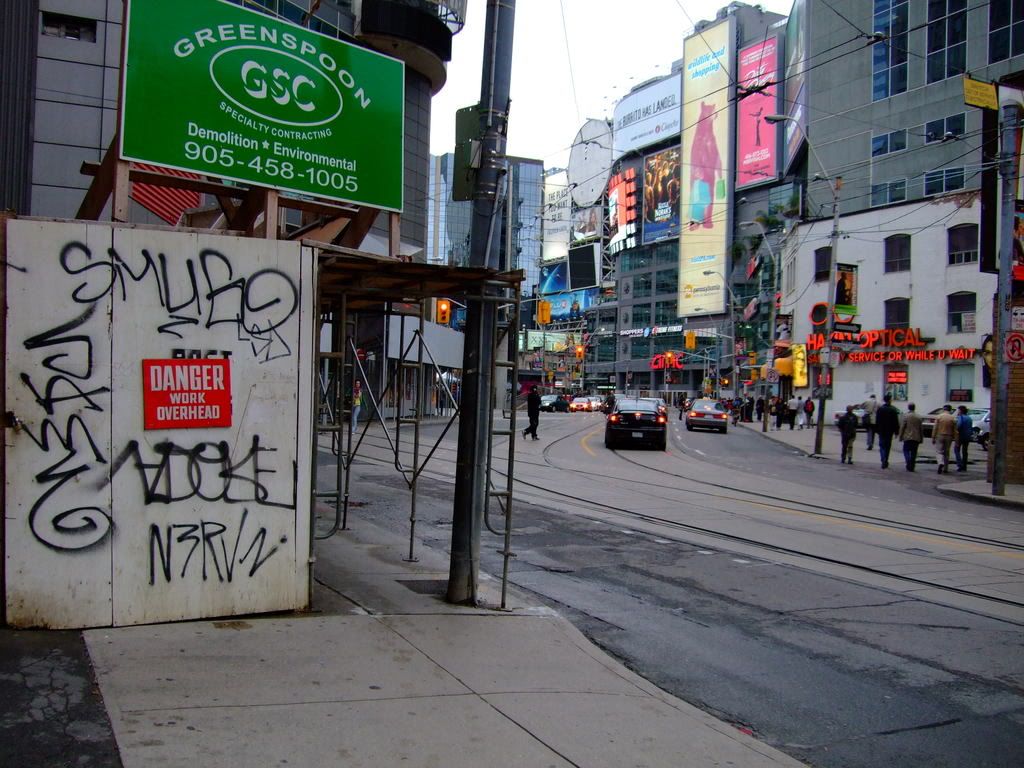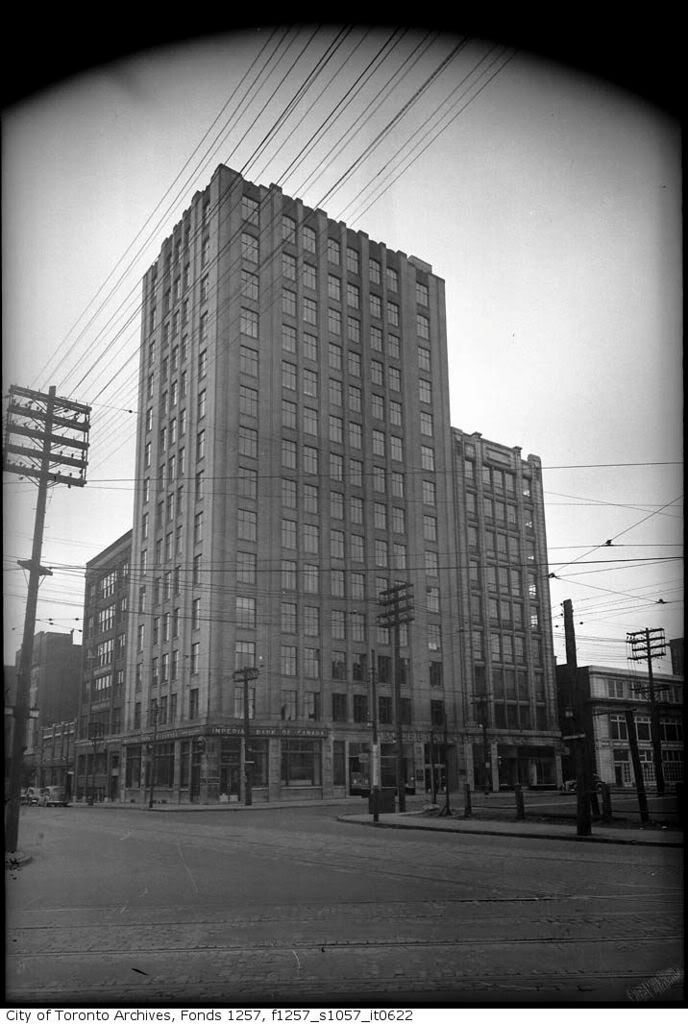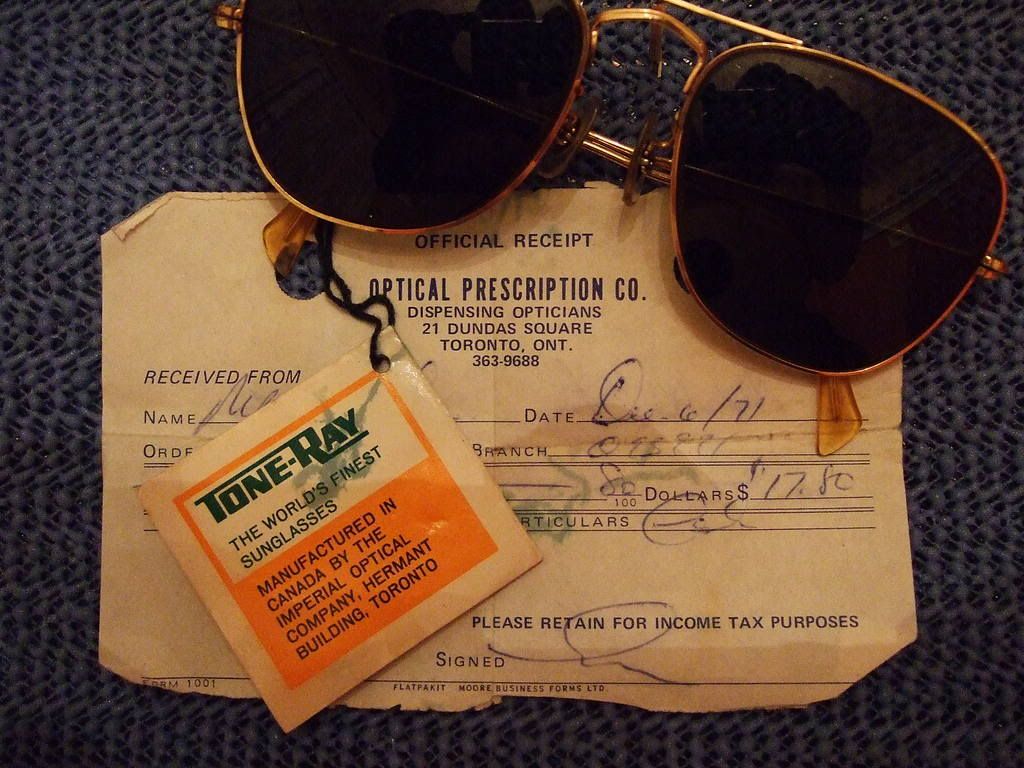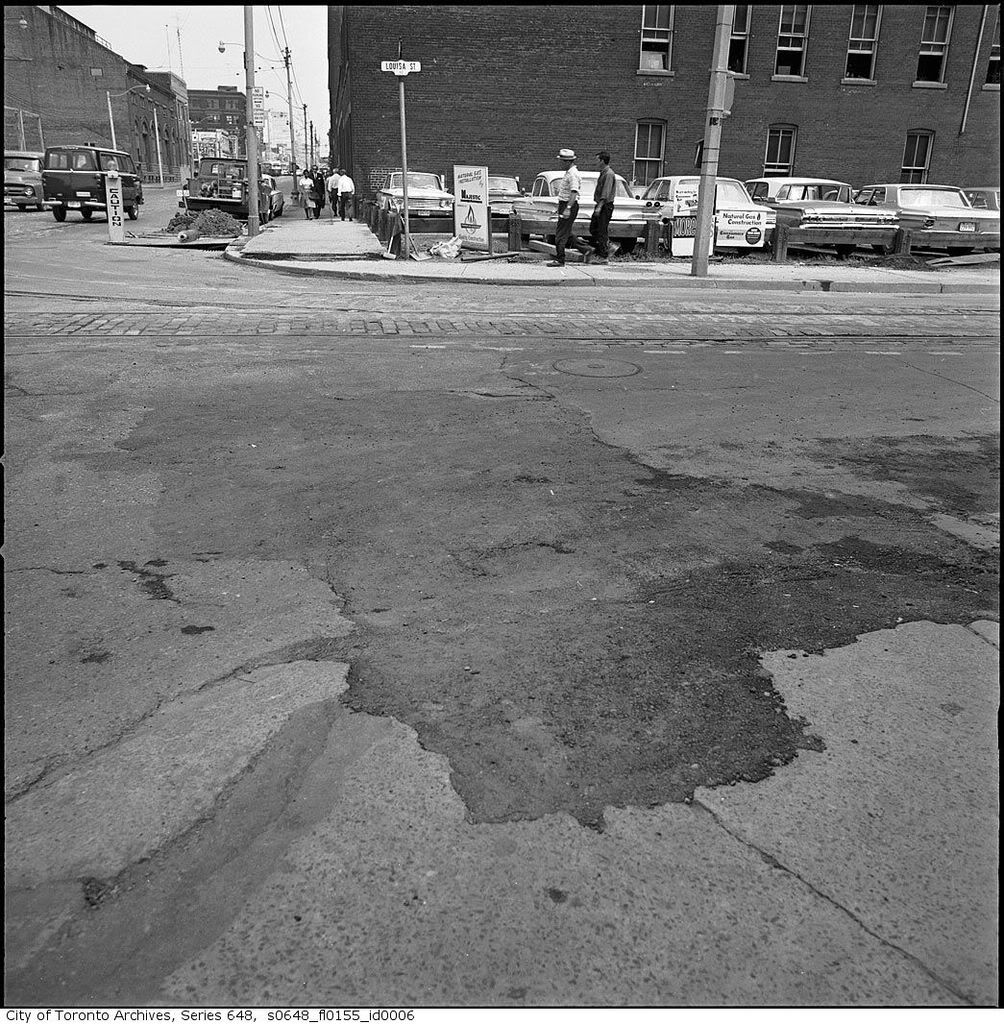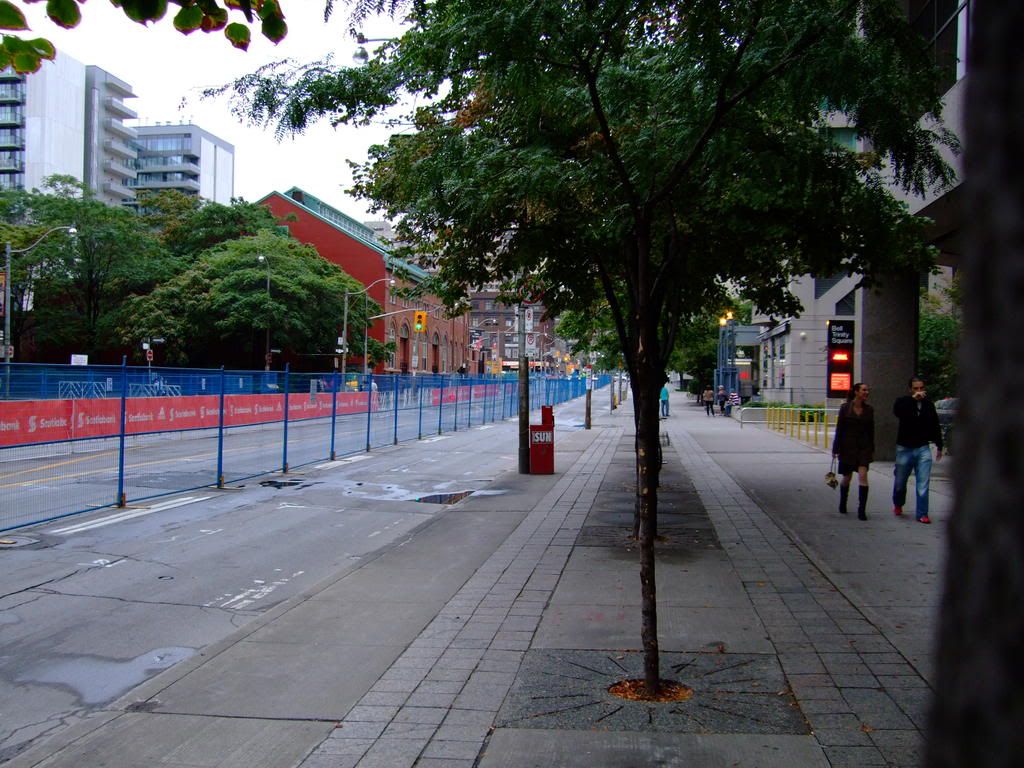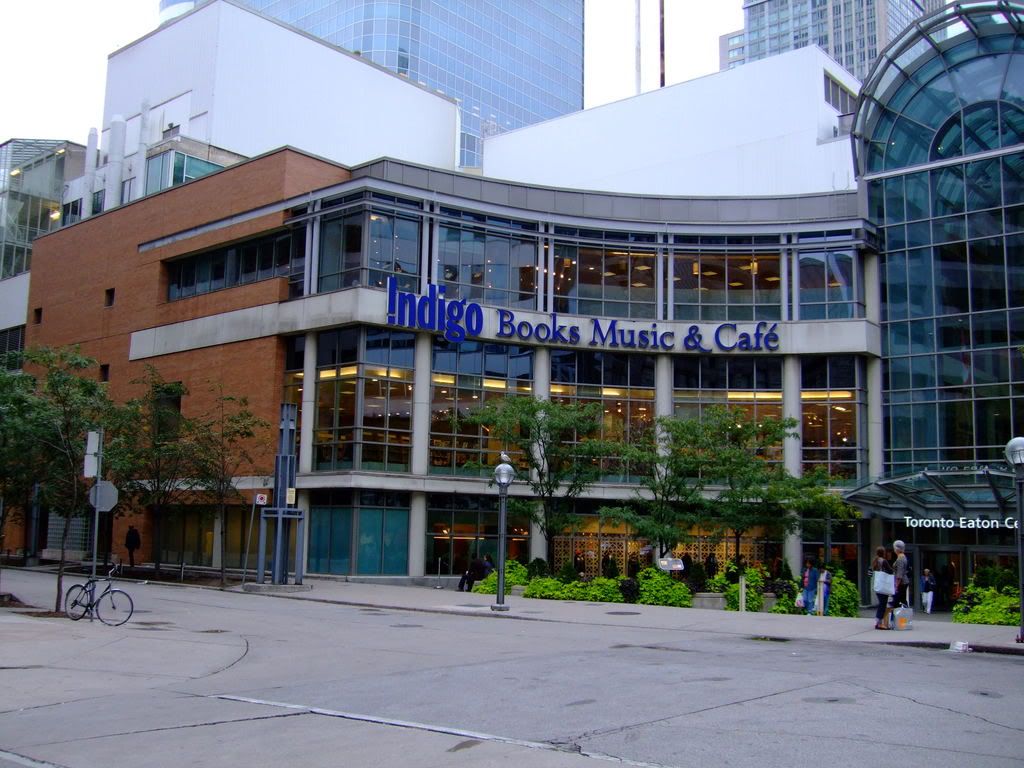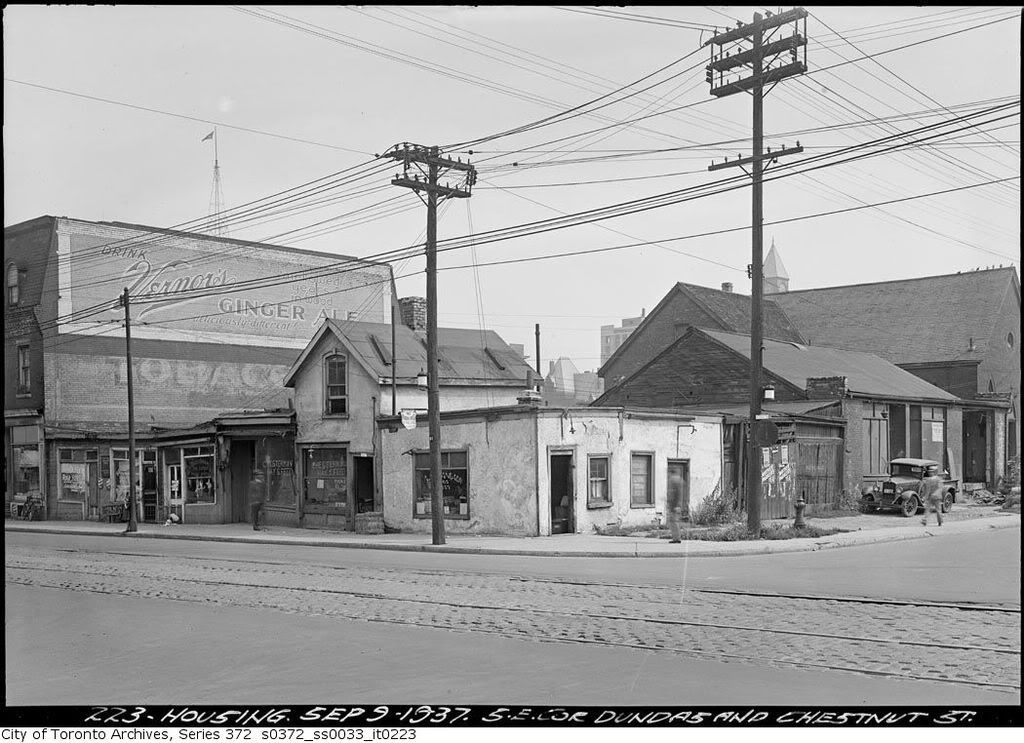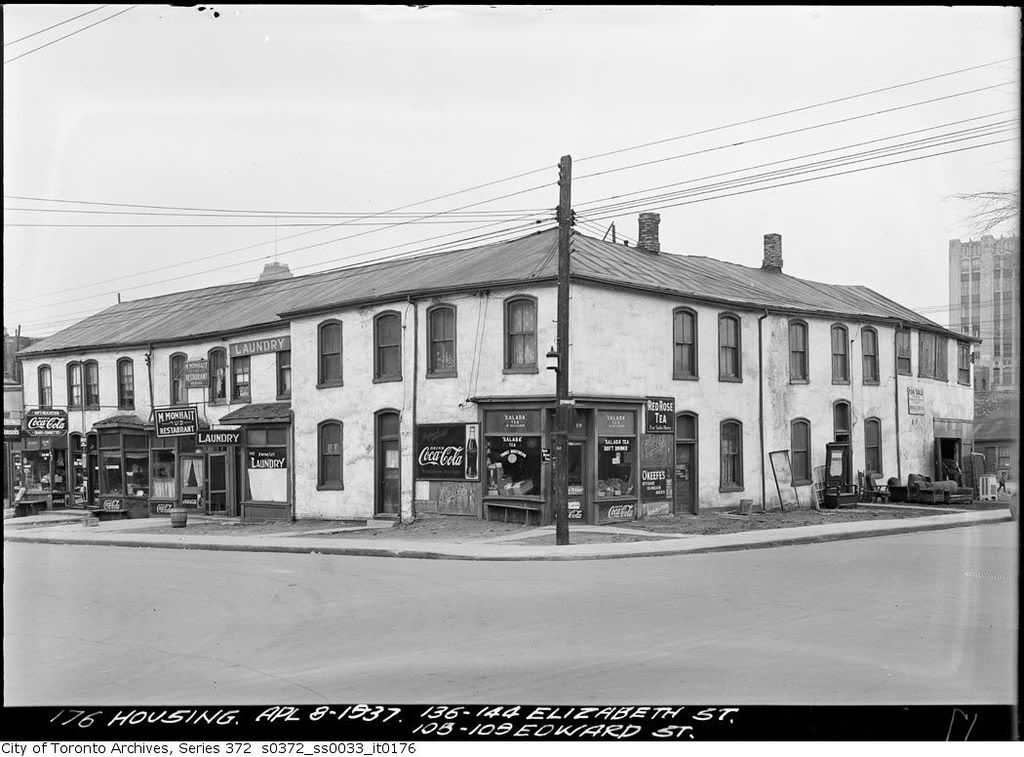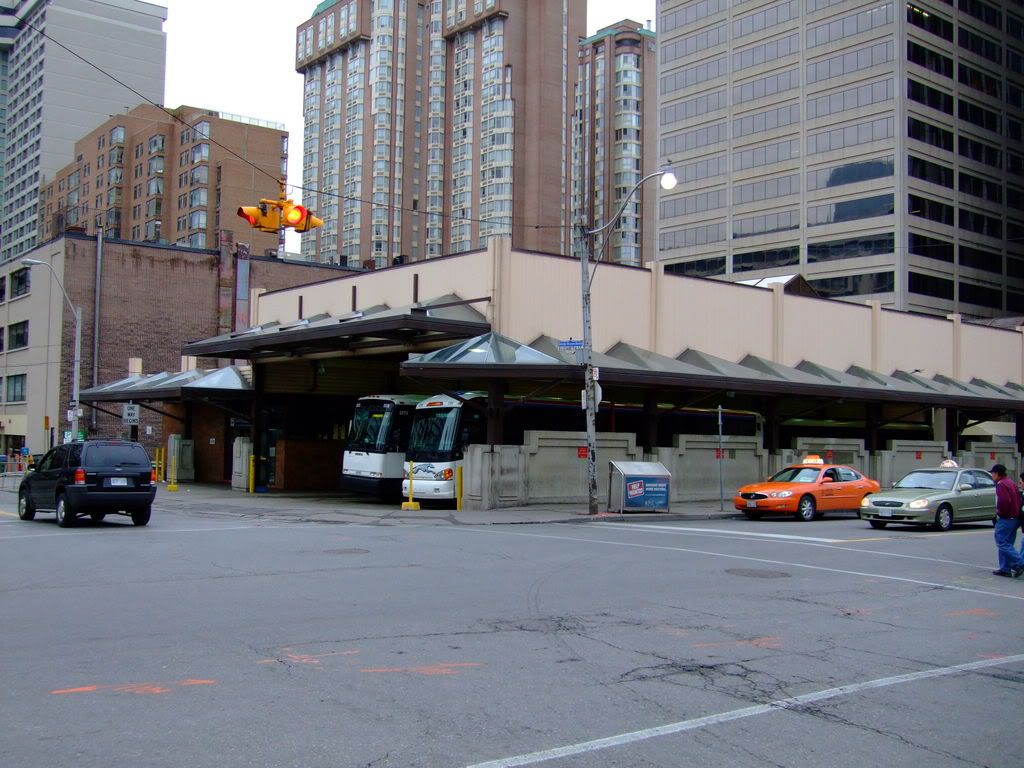Urban Shocker
Doyenne
egotrippin's claim that "nothing worthwhile" existed on the site before Lyle's remaindered-deco Bank of Nova Scotia was built after WW2 clearly isn't born out by the photographic evidence shown above. Joseph Sheard's handsome stone dwelling built in 1852 for William Cawthra, Toronto's richest man, and demolished in 1948 stands at the corner of the intersection. Architect and author Anthony Adamson - descended from the Cawthra family - saved some of the architectural details and installed them in his Rosedale home.





